QuestionQUESTION: How do you train a horse to lay down? Any help would be great! Thanks
ANSWER: Hi Abby!
Well, there are a couple of different ways to teach this. My only question is why? When a horse is on the ground, they are at their most vulnerable. You have to have a huge degree of trust, softness, and understanding to get this to work out well for you and your horse. If your horse does not know how to operate in a bind, give to pressure and be really secure, this could become a huge train wreck for the both of you! Write me back and let me know a little more about you and your horse, what you have been doing for ground work, and why this is an important skill for you to have. I need to know that you have the skill to pull this off, and that it is being done for the right reasons.
Smiles! Denise
---------- FOLLOW-UP ----------
QUESTION: Dear Denise,
I was waing to train my horse Lady to lay down for a few reasons. One is that I am small and it would be easier to get on her bareback. Two is that it shows that you have trust in your horse and your horse has trust in you, since, like you said, the horse is in a vulnerable position. Three, I have many younger(4-10) kids coming to ride, and it would make it easier for her to lay down so they can mount her themselves(she's nearly 16 hands!) Four, it does make a great trick, but if it is dangerous and would do nothing to help our relationship, I want nothing to do with it. I only want her to learn it for the learning expierience and bonding.
Lady knows about giving her hoof, giving in to bridle and halter pressure, and does not get into your personal space. She is very calm around the kids. She knows a few tricks, like giving hugs and kisses and is very good about not doing it until I ask her to, so I am proud of that.
If you need more info., please tell me so I can help you help me! Thanks so much for your time!
AnswerHi Abby!
Right on! Having this be a useful tool for a real functional purpose is the best reason for teaching this. It is being done for all the right reasons and not just to salve the ego of a human. It is respectful to the horse.
Here goes...Method one teaches several things, it really helps the horse learn to operate in a bind and know they can survive. It requires a good ranch saddle with a 4" roping (post) horn. It also requires a horse training lass rope. This rope is very specific and will not cut a horse. You can find this rope through Kings Saddlery in Sheridan, WY. I have their phone number listed on my site on the favorites page. It is a triple extra soft 60' rope with a Brannaman honda. I think they even call it the Brannaman horse training rope now. Do NOT use any other type of rope. Team roping ropes can cut a horse like a saw. Soft cotton ropes may not be strong enough or too thick. I would rather have you experiment with a soft cotton rope if you cannot buy the Kings rope. The Kings rope will run you about $60.00 bucks and is a tool I can't be without! Any way...put your rope around a front foot so the foot is right up on the belly by the cinch. The foot needs to be touching, no slack. If you leave room for the foot to move, it will cause the horse to struggle and you don't want this. Take a half a dally on your horn and hold the lead rope in one hand and the coils of your lass rope in the other hand. Ask your horse to come forward. You want two things here, you want your horse to be able to hop after you on three legs. This will really help him in knowing how to balance in a bind. This will make huge improvements in confidence and balance. After a hop or two most horses will lay down. Do not pop your dallys until your horse in on the ground. Once on the ground pop your dallys off your horn and rub, praise and support your horse. Allow your horse to get up when he wants, and then try it again. Remember, you are putting your horse in a really big bind here and depending on the horse and how your trust and ground work is he may jump around quite a bit. You have to be prepared for this and make sure you and your equipment is in good shape to respond.
Second method, and I use this as an add on to the first depending on the horse...pick up a front foot and hold it up under the belly, slide the foot slightly back and wait. This will develop into a bow first, release and reward, then ask again. If you have done the first method this will come along much faster.
Remember, the better your feel, timing and ground work has been the better this will come together. Keep things soft and secure. Give me a shout and let me know how things are going!
Smiles, Denise

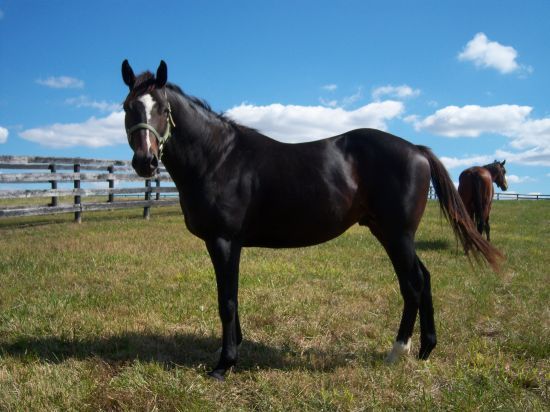 Starting a terrified horse
Question
Ben
Hi. I have a 5 yr old tb gelding that I ha
Starting a terrified horse
Question
Ben
Hi. I have a 5 yr old tb gelding that I ha
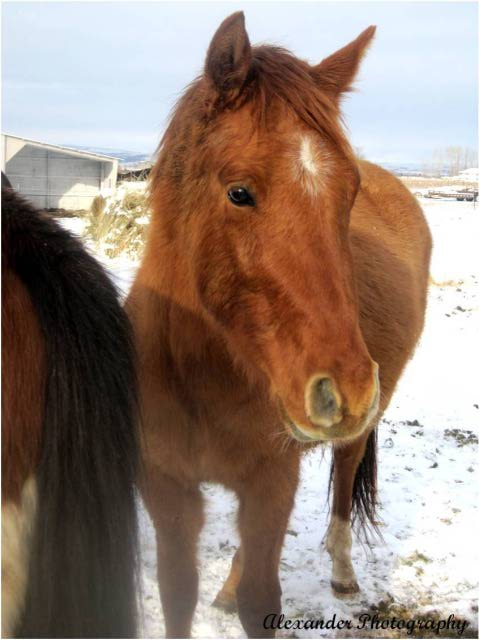 Colt Refuses to be Caught
Question
Spartan
Hi,
I have a 2 year old colt n
Colt Refuses to be Caught
Question
Spartan
Hi,
I have a 2 year old colt n
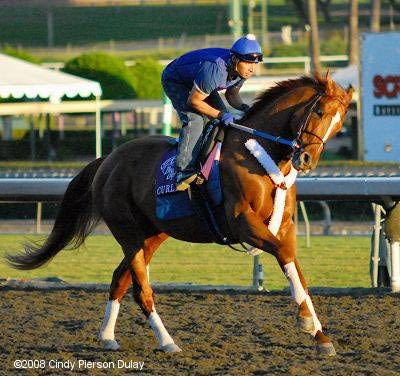 horse resisting
Question
resisting
hello maam, is this horse re
horse resisting
Question
resisting
hello maam, is this horse re
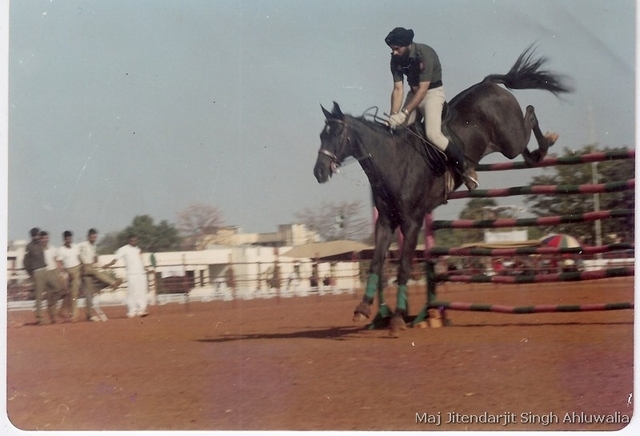 judging show jumping rider
Question
judging show jumping r
hello maam, watch this
judging show jumping rider
Question
judging show jumping r
hello maam, watch this
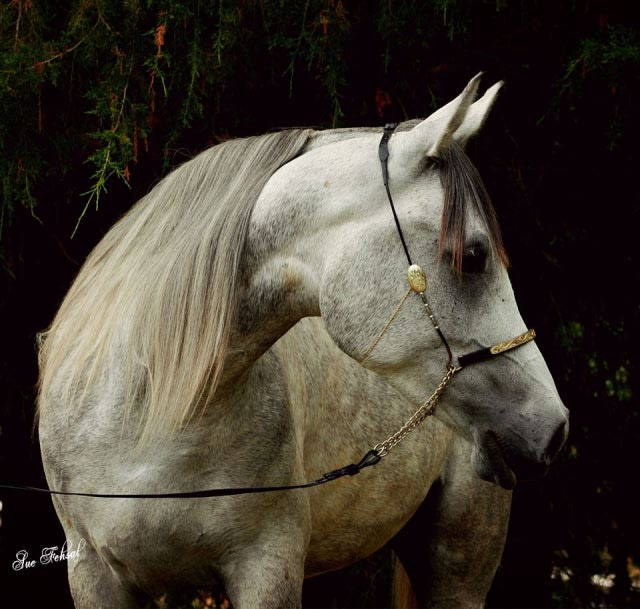 My Arabian
Question
Kadin
Hi, I have a 4 year old Arabian t
My Arabian
Question
Kadin
Hi, I have a 4 year old Arabian t